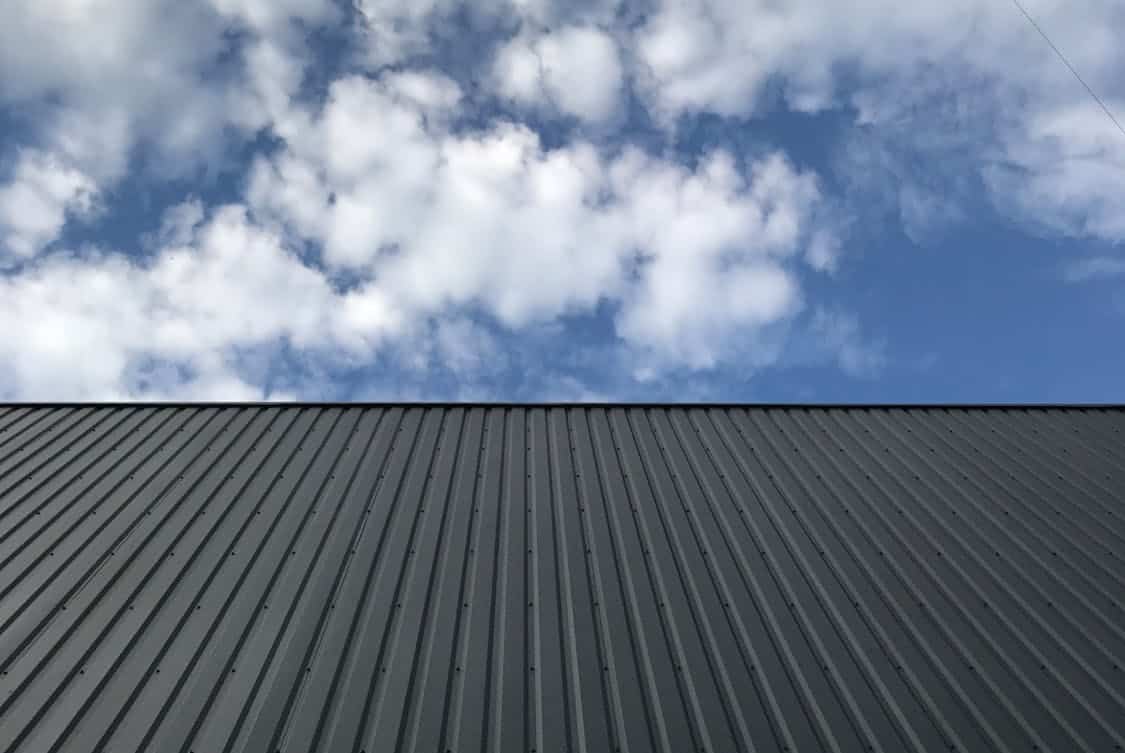Choosing the right roofing material for your home can feel like navigating a maze. Among the myriad options available, steel roofing has gained traction. This article explores whether steel roofing could be the best fit for your dwelling.
What is Steel Roofing?
Steel roofing comes in various forms, such as galvanized steel, stainless steel, and metal shingles. These materials are strong, durable, and lightweight.
They can be painted or coated to enhance aesthetics and longevity. Steel roofing has a reputation for standing up to harsh weather and resisting rust when properly treated.
Benefits of Steel Roofing
Durability and Longevity
Steel roofs can outlast traditional materials, often lasting over 50 years with proper maintenance. They resist cracking, shrinking, and eroding, making them a solid investment for homeowners looking to avoid frequent replacements.
Energy Efficiency
Modern steel roofs can be reflective, helping to keep your home cooler in the summer months. This can lead to lower energy bills, as your heating and cooling systems won’t have to work as hard. Some steel roofs are also designed to accommodate insulation, further enhancing energy performance.
Environmentally Friendly
Steel is recyclable, which means that when the time comes to replace your roof, the materials can be reused. This aspect appeals to homeowners who prioritize sustainability. The manufacturing process for steel has also become more eco-conscious over the years.
Potential Drawbacks of Steel Roofing
Initial Costs
One of the more significant considerations is the upfront cost. Steel roofing often comes with a higher price tag than traditional asphalt shingles. While it can save money in the long run due to durability and energy efficiency, the initial investment can be daunting for some.
Noise Levels
Steel roofs can be noisier than other materials, especially during heavy rain or hail. Some homeowners find this characteristic bothersome. However, proper insulation and design can help mitigate sound issues.
Aesthetic Concerns
While steel roofs come in various styles and colors, some homeowners may prefer the classic appearance of shingles or tiles. It’s essential to consider how a steel roof will mesh with your home’s architectural style.
Is Steel Roofing Suitable for All Climates?
Hot Climates

In areas with extreme heat, a reflective steel roof can significantly lower indoor temperatures. This quality can reduce energy consumption and improve comfort levels. However, proper insulation is critical to maximize these benefits.
Cold Climates
Steel roofs can handle heavy snowfall effectively. Their steep pitch allows snow to slide off without accumulating and causing damage. This characteristic can be beneficial for homes in snowy regions.
Coastal Areas
For homes near the ocean, corrosion can be a concern. While stainless steel offers better resistance to rust and corrosion, it’s vital to choose materials specifically designed for coastal environments.
Installation Process
Professional vs. DIY
Installing steel roofing is not a weekend project for most homeowners. A professional installation is generally recommended to ensure proper fitting and sealing.
Hiring a qualified steel roof installer can save you time and prevent costly mistakes that may arise from DIY attempts. However, some DIY enthusiasts may feel comfortable tackling this task with the right tools and knowledge.
Time Frame
The installation process can vary based on the complexity of your roof and weather conditions. Generally, a skilled crew can complete the job in a few days. Delays can occur due to inclement weather, so it’s wise to plan for that.
Maintenance Requirements
Routine Inspections
Steel roofs require minimal maintenance but do benefit from regular inspections. Checking for loose fasteners and any signs of rust can prolong the life of your roof. Cleaning debris from valleys and gutters also helps prevent water accumulation.
Repairing Damages
While steel is durable, it can still sustain damage from severe weather. It’s essential to address any dents or scratches promptly to avoid rust development. Repairing or replacing sections of steel roofing is typically more straightforward than with other materials.
Cost Analysis
Price Per Square Foot
The cost of steel roofing varies based on the type and installation method. On average, steel roofing can range from $5 to $12 per square foot, depending on material quality and labor costs. This price can seem steep compared to traditional shingles, which may cost around $1 to $4 per square foot.
Long-Term Savings
While the initial investment may be higher, steel roofs can save money over time through longevity and energy efficiency. Reduced maintenance and replacement costs further contribute to long-term savings. Homeowners might find that steel roofing pays off by increasing property value.
What About Insurance?
Insurance Premiums
Some homeowners may see a reduction in insurance premiums with steel roofing. Many insurance companies view steel roofs as less risky due to their durability. It’s advisable to check with your insurance provider for potential discounts.
Impact on Home Value
Steel roofing can increase the overall value of your home. Many buyers appreciate the durability and energy efficiency of steel, making your property more appealing in the market.
Local Regulations and HOA Considerations
Building Codes
Before making any decisions, it’s wise to check local building codes. Some municipalities have specific requirements regarding roofing materials. Familiarizing yourself with these codes can prevent future headaches.
Homeowners Association Rules
If your home is in a community governed by a homeowners association (HOA), you may need to adhere to specific guidelines regarding roofing materials. Always consult with your HOA before making changes to your roof.
Comparing to Other Roofing Materials
Asphalt Shingles
Asphalt shingles are the most common roofing material due to their affordability. However, they typically last only 15-30 years. While steel roofing is pricier initially, its longevity often makes it a wiser investment.
Tile and Slate
Tile and slate roofs are beautiful but can be heavy and more costly. Steel roofing offers a similar aesthetic with less weight and often lower installation costs. It can mimic the look of traditional materials without the drawbacks.

